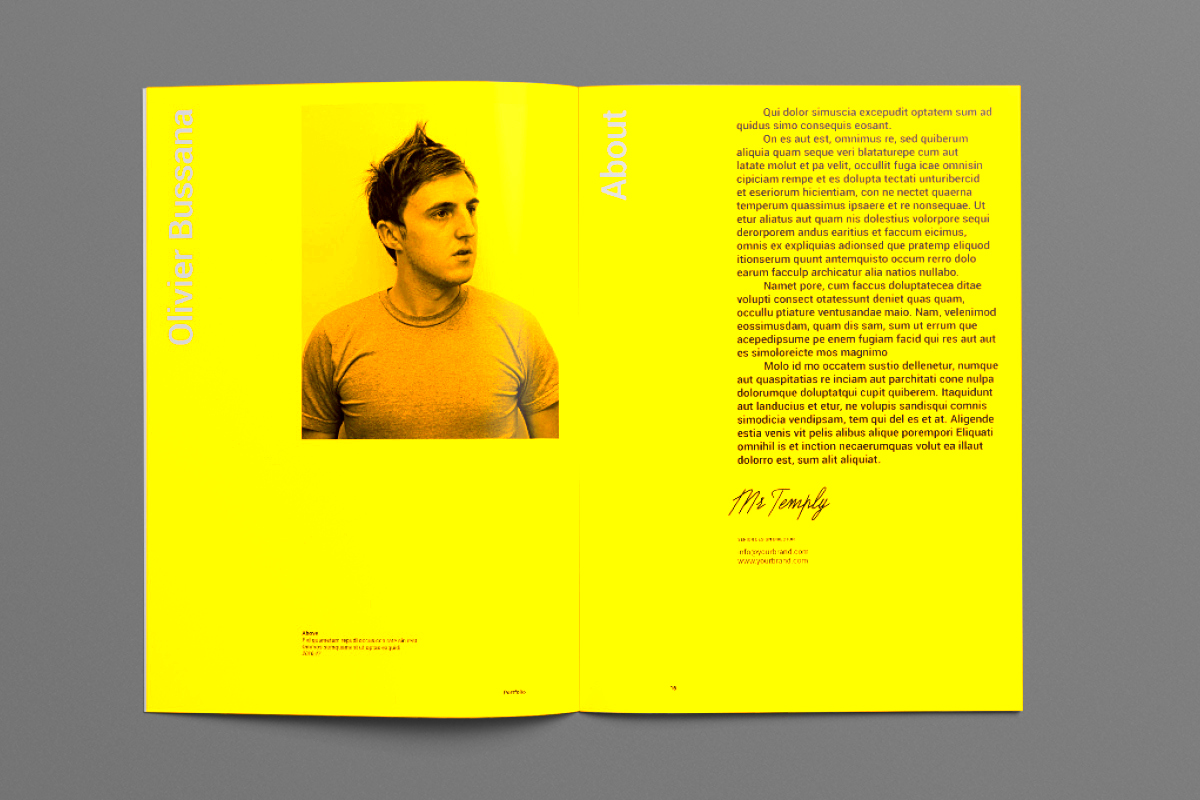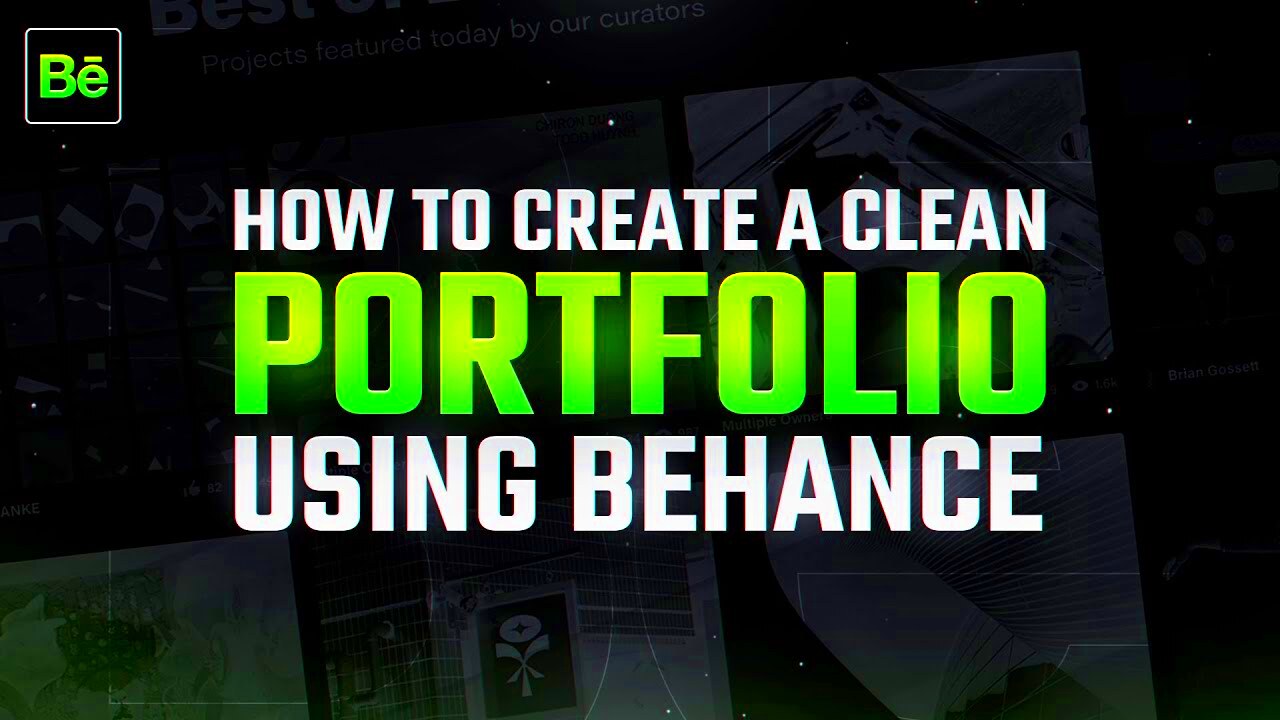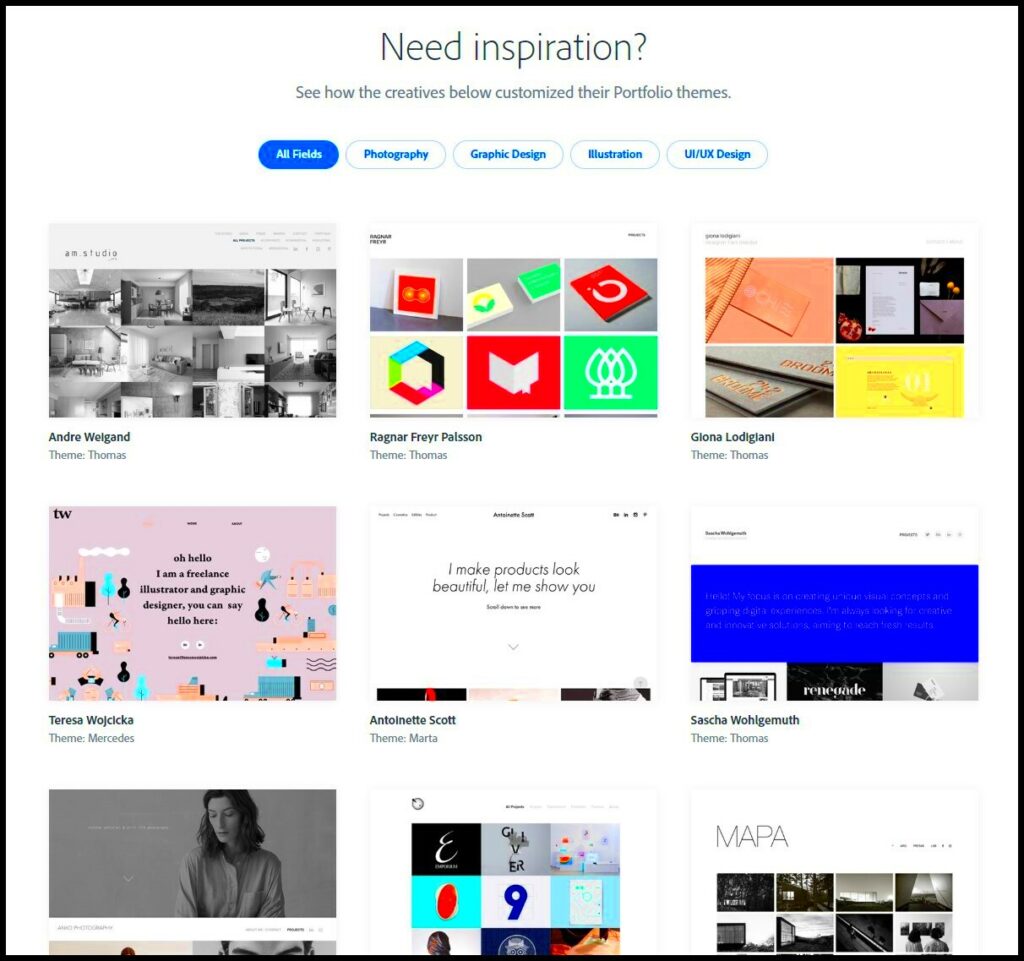Building a portfolio is akin to weaving a narrative about yourself in the realm of creativity. It goes beyond being a mere assortment of your creations; it serves as a mirror that showcases your identity as an artist or designer. Consider it as your artistic CV with each piece revealing a chapter of your story.
In the early days of my journey as an artist I underestimated the importance of having a portfolio. I had some pieces that I cherished but I hesitated to show them to anyone. It wasn't until I received an invitation to a community art exhibition that I truly grasped its significance. Seeing my creations showcased alongside those of other artists made me recognize how a thoughtfully assembled portfolio can lead to opportunities and foster meaningful connections.
A portfolio serves multiple purposes:
- Showcasing Skills: It highlights your strengths and unique style, making it easier for potential clients or employers to see what you bring to the table.
- Building Confidence: As you curate your work, you start to appreciate your growth and the effort you’ve put into your craft.
- Establishing Your Brand: Your portfolio becomes a part of your identity, helping you stand out in a competitive market.
If you are hesitating to create a portfolio keep in mind that it serves as more than just a tool. It stands as a reflection of your artistic path.
Getting Started with Behance

Having a portfolio is crucial, so lets explore how to kick things off with Behance. This platform is great for creatives and the cherry on top? Its super easy to use!
When I made the choice to set up my portfolio on Behance I was both thrilled and a bit anxious. The initial step involves registering for an account. You can either utilize your Adobe ID or quickly establish a fresh one within moments. After gaining access you’ll discover a lively community of artists enthusiastic about showcasing their creations and forging connections.
Here’s a guide on how to create your Behance account.
- Create Your Account: Fill in your details and set up a profile that reflects your personality.
- Explore Other Portfolios: Take time to browse through different projects. This will give you an idea of what’s out there and inspire you.
- Learn the Tools: Familiarize yourself with Behance’s features, like project settings, tags, and sharing options. They’re designed to help you showcase your work effectively.
Getting started on Behance might seem daunting at first, but keep in mind that every great adventure starts with a small step. Soak in the experience and before you know it, you’ll discover your niche within this artistic community.
Also Read This: Blocking the YouTube Ad Blocker Pop-Up Effectively
Choosing the Right Projects to Showcase

Selecting projects for your portfolio is essential as it plays a key role in conveying your narrative. You dont have to showcase every single piece of work you’ve done. Instead prioritize the quality of your projects rather than the sheer number.
When I was starting out I messed up by stuffing my portfolio with everything I had done. It ended up all over the place and didn showcase my true abilities. However after hearing some input from colleagues I came to understand that choosing a few standout pieces carries more weight than presenting a lengthy catalog of projects.
Here are a few suggestions to assist you in making a decision.
- Select Your Best Work: Pick projects that highlight your skills and creativity. Aim for a mix of completed works and personal projects that showcase your passion.
- Diversity Matters: Include different types of projects to show your versatility. For example, if you’re a graphic designer, consider adding branding, posters, and illustrations.
- Tell a Story: Each project should have a narrative. Explain your thought process, the challenges you faced, and how you overcame them.
Lastly, make sure to refresh your portfolio from time to time. As you progress and change your collection of work should reflect that. Keep in mind that your portfolio is a representation of your growth and experiences along the way.
Also Read This: Is My Hero Ultra Rumble Crossplay Between Xbox and PC?
Designing Your Portfolio Layout
When it comes to putting together a portfolio the way it's organized can really impact how viewers perceive it. Consider it like the entrance to your imaginative realm if it's disorganized or overcrowded with stuff people might just keep scrolling. I had to learn this lesson the way when I arranged my portfolio for the time. I had some beautiful works but the messy setup made them seem less attractive.
Here are a few tips to keep in mind when creating a portfolio layout that works well.
- Keep it Simple: A clean, straightforward design often works best. Avoid flashy animations or backgrounds that distract from your work.
- Use Consistent Branding: Incorporate your personal brand elements—colors, fonts, and logos—throughout your portfolio. This creates a cohesive look and helps in brand recognition.
- Organize by Categories: If you have different types of work, consider categorizing them. For instance, if you’re a photographer, separate your portraits, landscapes, and events. This makes it easier for viewers to navigate.
- Consider the Flow: Arrange your projects in a way that tells a story. You can start with your strongest work and gradually lead into your other pieces.
Dont forget to design your portfolio in a way that showcases your individuality and artistic flair. While drawing inspiration from fellow creatives be sure to add your personal touch. This is the perfect opportunity to not only display your creations but also reveal your true self.
Also Read This: Silence Speaks: Disable Comments on DeviantArt
Optimizing Your Project Descriptions
Your project descriptions serve as the storytelling elements that enrich your visual creations. They provide background to your artistry and help the audience grasp your creative journey. I recall when I showcased my work for the time without sufficient descriptions. While viewers admired the visuals they overlooked the narratives that accompanied them.
To enhance your project descriptions keep the following tips in mind.
- Be Concise: Aim for clarity. Use short sentences and avoid jargon. The goal is to communicate effectively without overwhelming the reader.
- Include Key Details: Explain the project's objectives, the challenges you faced, and how you resolved them. Share your thought process and the techniques used.
- Add Personal Touches: Don’t shy away from adding personal anecdotes. For example, if a project was inspired by a childhood memory or an event, share that. It creates a connection with the viewer.
- Call to Action: Encourage feedback or questions at the end of your descriptions. This opens up avenues for engagement and shows you value the viewer’s opinion.
In the end, your project descriptions should enhance your visuals and elevate the audience's overall experience. Consider them as a glimpse into your imaginative thoughts.
Also Read This: How Did the Rumbling Cross the Ocean? Exploring the Global Reach of the Rumbling in AOT
Using Behance Tools to Enhance Your Portfolio
Behance offers a range of features to showcase your work effectively. Initially I found myself somewhat overwhelmed by the options available on the platform. However as I familiarized myself with it I realized the potential of these tools to enhance my portfolio.
Here’s a rundown of some handy Behance features that can take your portfolio to the next level.
- Project Settings: Customize your project settings to ensure that your work is presented effectively. You can control how your project is displayed, the cover image, and the layout.
- Tags and Categories: Use relevant tags and categorize your projects wisely. This not only helps in searchability but also places your work in front of the right audience.
- Image Quality: Behance allows you to upload high-resolution images. Make sure you use this to showcase the finer details of your work. Blurry images can detract from even the best projects.
- Collaboration Features: You can invite others to collaborate on projects. This can be a great way to enhance your portfolio by including diverse skills and perspectives.
While you delve into these resources consider how they can assist you in conveying your individuality and perspective. Behance serves as a space for showcasing and networking so utilize these tools to enrich your artistic identity.
Also Read This: Mastering the Art of Drawing Your Favorite YouTubers
Promoting Your Portfolio Effectively
Crafting an impressive portfolio is only the first step; the true test comes in promoting it. I vividly recall the launch of my portfolio. I had poured countless hours into perfecting my creations but as the moment arrived to unveil them, self doubt crept in. How would I ensure it reached the audience? After some experimentation I discovered a handful of strategies that proved to be quite successful.
Here are a few strategies to successfully showcase your portfolio.
- Leverage Social Media: Platforms like Instagram, LinkedIn, and Twitter are powerful tools for showcasing your work. Share snippets of your projects, engage with your audience, and use relevant hashtags to increase visibility.
- Network within Creative Communities: Join online forums and local creative groups. Networking can lead to collaboration opportunities and exposure. I once met a fellow designer at a local meet-up, and we ended up working on a project together that benefited both our portfolios.
- Create a Personal Website: Consider having a personal website where you can direct traffic. This allows you to have complete control over your brand and how you present your work. Use it to showcase not just your portfolio, but also your story and services.
- Ask for Feedback: Reach out to friends, family, and colleagues for their thoughts on your portfolio. Constructive criticism can help you refine your work and make it more appealing.
Keep in mind that showcasing your work is more than just boasting about yourself. Its about fostering connections and narrating your story. Stay authentic, remain determined and let your enthusiasm shine bright!
Also Read This: Canva Image Color Inversion
Common Mistakes to Avoid When Creating a Portfolio
Every journey comes with its challenges and building a portfolio is no different. Looking back on my initial experiences I stumbled upon mistakes that imparted valuable insights. When you’re eager to showcase your creations it’s tempting to overlook the finer points. However being mindful of pitfalls can help you avoid future regrets.
Here are some mistakes to steer clear of:
- Including Everything: A common mistake is trying to showcase every piece of work you’ve ever done. Less is often more. Select only your best projects that truly represent your skills and style.
- Neglecting Quality: Poor image quality can ruin the impact of your work. Always upload high-resolution images and ensure that your projects are well-lit and visually appealing.
- Lack of Context: Failing to provide context for your projects can leave viewers confused. Each piece should include a brief description explaining your role, the challenges faced, and the techniques used.
- Inconsistent Branding: Ensure that your branding elements—colors, fonts, and logos—are consistent throughout your portfolio. This consistency builds recognition and professionalism.
By staying aware of these pitfalls, you can put together a refined and impressive portfolio that genuinely showcases your individuality and artistic flair.
Also Read This: Mastering the Art of Selling Your Video and Photos to Getty
Frequently Asked Questions
As you start building your portfolio you might have some questions. I know I did when I first began. Here are a few common inquiries that could help clear up any uncertainties you may have.
- How many projects should I include in my portfolio? Aim for 5 to 10 quality projects. This allows you to showcase your skills without overwhelming the viewer.
- Should I include personal projects? Absolutely! Personal projects often showcase your passion and creativity. They can highlight your unique perspective and innovation.
- How often should I update my portfolio? It’s a good practice to update your portfolio regularly, ideally every few months, especially after completing new projects or learning new skills.
- Can I use other platforms besides Behance? Yes! While Behance is a great option, consider using platforms like Dribbble, your own website, or even social media to showcase your work.
Keep in mind that putting together a portfolio is an individual process. Feel free to ask for help and keep expanding your knowledge. Your distinct perspective and life experiences will stand out in your creations!
Conclusion
Putting together a portfolio goes beyond just gathering your work; it’s a personal exploration and a way to express yourself. During this process I discovered that it’s not solely about highlighting your abilities but also about sharing your distinct narrative. Each project showcases a part of who you are, your development and the moments that have influenced you. As you start this creative journey keep in mind to celebrate your uniqueness strive for growth and connect with your audience on an emotional level. With enthusiasm and commitment your portfolio has the potential to be a tool that opens doors and creates opportunities. So take a breath share your story and let your creativity shine through!
